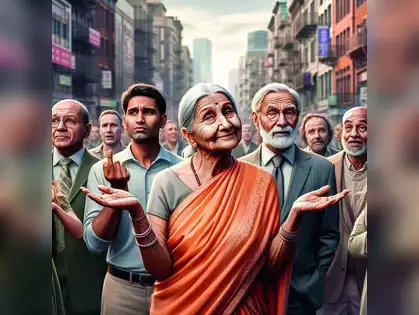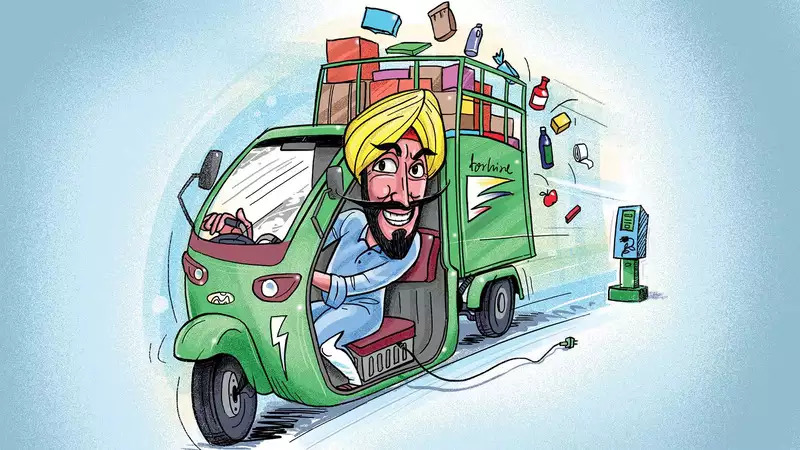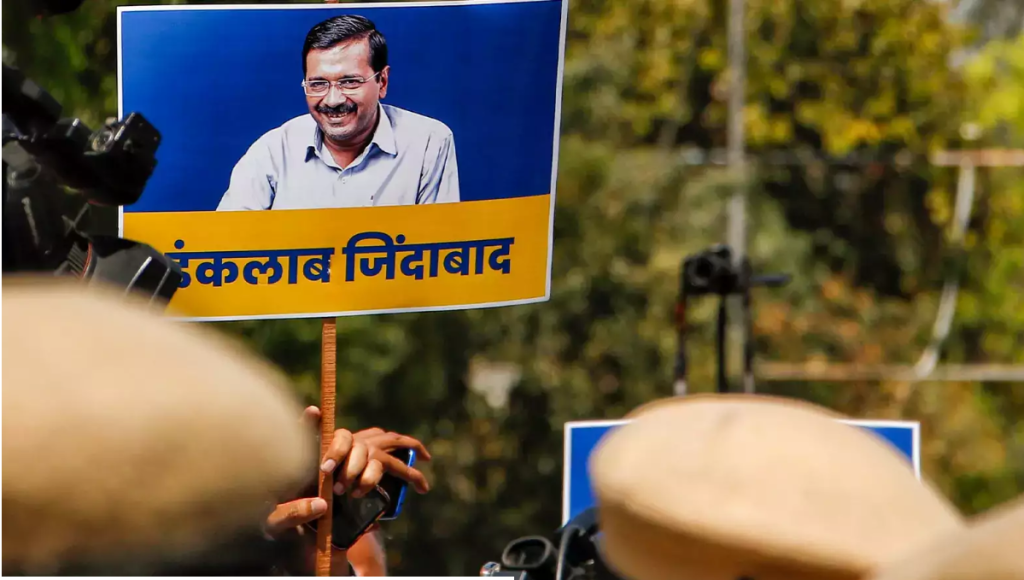Prime Minister Deve Gowda has promised to give 10 kilos of cereals to every poor family at half the market price. This may cost up to Rs 3,500 crore if fully implemented. This big fiscal burden will be mitigated by reducing the subsidy for the non-poor. Many readers will support the move. After all, is it not sensible to target subsidies at the poor? Will this not be an efficient way to reach those most in need? Alas, experience in both India and other countries suggests otherwise.
There are three major problems. First, despite the rhetoric on trying to target the poor, most of the additional subsidy will leak to well-off people. Second, many of the poorest will actually end up paying more. Third, recent research has established that people getting a higher food subsidy will reduce the number of days they work, so the subsidy will in pan finance leisure rather than consumption.
Consider each of these in turn. Eminent economist Kirit Parikh has shown that in the existing public distribution system, barely 20 per cent of subsidised food actually gets to the poor. Around one-third is diverted by corrupt bureaucrats and shopkeepers to be sold in the open market. Most of the rest goes to the non-poor. To check this, Mr Deve Gowda proposes to have half-priced food for the poor alone. Will this work? Unfortunately the supply of half-priced grain will greatly increase the profit to be made through diversion by corrupt bureaucrats and shopkeepers, and will surely mean that the amount diverted increases from one-third to perhaps 40 per cent. It will also lead the non-poor to make false claims of poverty in order to get cheap rations.
Andhra Pradesh has long experimented with a two-tier subsidy. The poor are issued white ration cards, entitling them to ultra- cheap rice. The non-poor are issued pink ration cards, entitling them to the normal ration shop price. The scheme has been a fiasco. The state has four million poor families. Yet no less than 11.35 million white ration cards have been issued, and only 4.3 million pink ones. That is, two-thirds of the cheap rice goes to the undeserving, a leakage not much lower than in the overall public distribution system.
Worse, no political party is keen on weeding out the non-poor from the cheap rice scheme, since that will mean antagonising perhaps 40 per cent of voters who wangled white ration cards. Indeed, TDP workers merrily distributed white cards to favoured networks as a sort of post-election celebration after coming to power. The supposed targeting of the poor has, thus, been reduced to a shambles. Mr Deve Gowda\’s new scheme is likely to suffer a similar fate in most states if not all.
The second problem is one of incomplete coverage. Some states like Kerala have always drawn their entire grain allotment. But others like Uttar Pradesh, Bihar, Rajasthan, and Orissa draw barely half their allotment. In these states the public distribution system simply does not reach the poor. Mr Parikh\’s study shows that the proportion of the rural poor getting any subsidised food at all is only 7.8 per cent in Uttar Pradesh. 7.2 per cent in Bihar. 7.6 per cent in Orissa and 8.5 per cent in Rajasthan. Increasing the food subsidy will not help the 92 per cent with no access to rations at all.
Worse, introducing a two-tier system will hit many who have access today. The poor are illiterate and unorganised, and badly placed to avail of benefits. They often do not know where or how to apply for special ration cards, how to handle procedures to prove they are really poor or how to deal with bureaucrats who are callous or venal or both. Many will fail to get special ration cards, and so will be in the same position as the honest rich, who will pay a higher ration-shop price under the proposed two-tier system.
Global experience suggests that the omission of the poor from a targeted scheme is likely to be startlingly high. In a recent research article, Frances Stewart and GA Cornia have surveyed countries that moved from general food subsidies to those targeted at the poor. In Jamaica, the proportion of the poor that got left out went up from almost zero to 50 per cent, in Sri Lanka from negligible levels to 30 per cent. Pakistan went in the opposite direction: from subsidised wheat at ration shops alone to a general subsidy for all wheat, and its omission rate declined from 50-60 per cent to almost zero. The lesson is ominous – attempts at targeting can badly hit the access to subsidies of huge numbers of the poor.
The third problem is more complex. Amartya Sen has pointed out that recipients of charity are not passive: they respond to incentives and disincentives like anybody else. Lay folk may believe that an additional food subsidy of Rs 50 to the poor will increase their consumption by that amount. In fact the poor may respond by reducing the number of days they work.
One study (Sahn and Alderman, 1996) of Sri Lanka in the late 1970s suggests that where the food subsidy was received in full, it induced a reduction of 2.5 days per month on average in the number of days worked by rural males. Thus, apart from leakages to the non-poor, another one-third of the food subsidy leaked into greater leisure rather than greater consumption. Indian studies by Tendulkar and Jain confirm that many poor families do not avail of Maharashtra Employment Guarantee Scheme because they want to spend time at home (in household chores as well as leisure). Now, some utilitarians think greater leisure is as good as greater consumption. However, the stated aim of anti-poverty schemes is not to increase leisure.
The conclusion is sobering. No food subsidy, not even a targeted one, is an efficient way of reducing poverty. Somewhat better are rural employment schemes at low wages, which the non-poor are unlikely to avail of. Best of all will be rural investment to raise productivity and wages. Subsidies arc inefficient palliatives. The only cure for poverty lies in rapid economic growth that increases the value of the main asset of the poor-labour.




